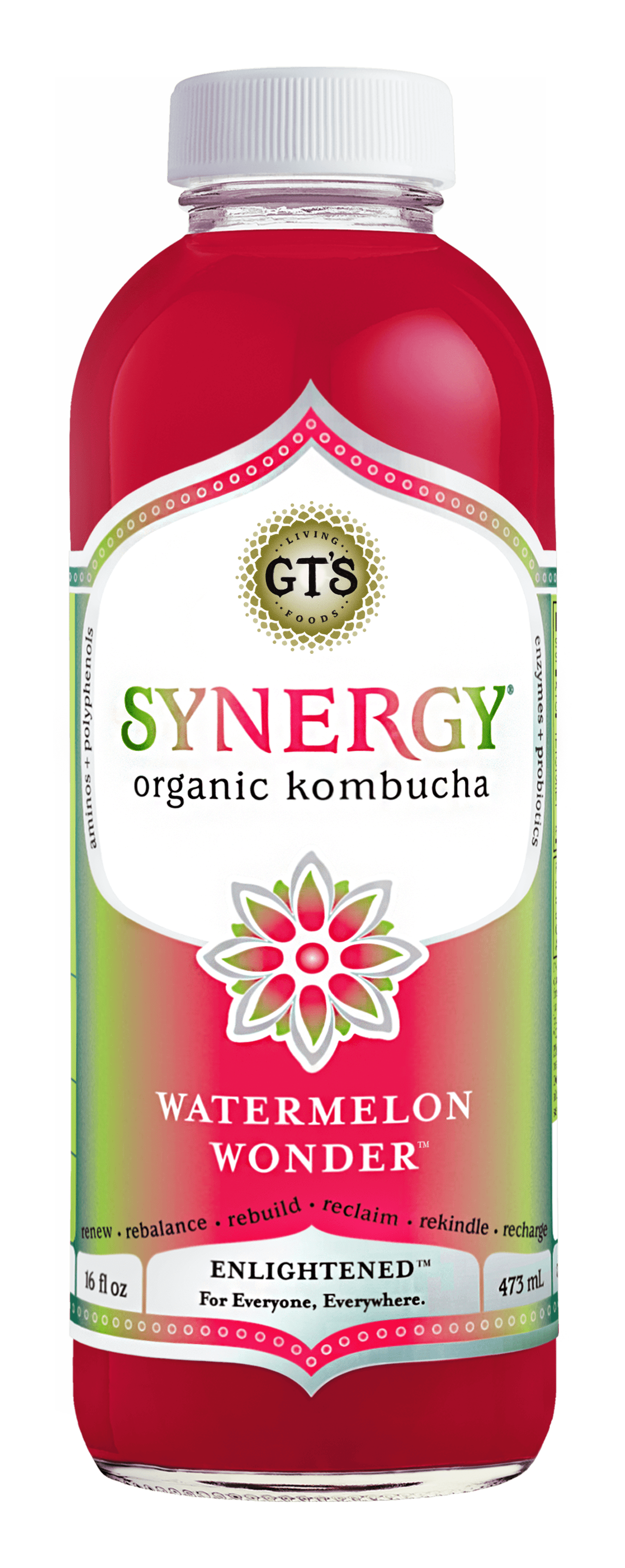
Webster's Dictionary maintains that the use of kombucha in the English language likely stems from the misapplication of Japanese words: kombucha, kobucha (which translate to "tea made from kelp"), kobu, konbu (which mean "kelp") and cha (meaning "tea"). It has been hypothesized that English speakers mistook the Japanese word kombucha to mean fermented tea, when in fact, fermented tea in Japanese is called kōcha kinoko ( 紅茶キノコ, "red tea mushroom"). The etymology of kombucha is uncertain however, it is speculated that it is a misapplied loanword from Japanese. In Japanese, the term konbu-cha or kobu-cha ( 昆布茶, " kelp tea") refers to a kelp tea made with powdered konbu (an edible kelp from the family Laminariaceae) and is a completely different beverage from the fermented tea usually associated with kombucha elsewhere in the world. Īccording to Grand View Research, Kombucha had a global market size of US$1.67 billion as of 2019 and this was expected to grow to US$2.4 billion by 2027. With rising popularity in developed countries in the early 21st century, kombucha sales increased after it was marketed as an alternative to beer and other alcoholic drinks in restaurants and pubs. Prior to 2015, some commercially available kombucha brands were found to contain alcohol content exceeding this threshold, sparking the development of new testing methods. Having an alcohol content of less than 0.5%, kombucha is not a federally regulated beverage in the United States. Its consumption increased in the United States during the early 21st century. The drink was consumed in Russia and from there entered the rest of Europe. The exact origins of kombucha are not known, although the most likely place of origin is the Bohai Sea district in China. The beverage has caused rare serious adverse effects, possibly arising from contamination during home preparation, so it is not recommended for therapeutic purposes. Numerous implausible health benefits have been claimed to correlate with drinking kombucha there is little evidence to support any of these claims. The living bacteria are said to be probiotic, one of the reasons for the popularity of the drink. Although the SCOBY is commonly called "tea fungus" or "mushroom", it is actually "a symbiotic growth of acetic acid bacteria and osmophilic yeast species in a zoogleal mat ". The yeast component generally includes Saccharomyces cerevisiae, along with other species the bacterial component almost always includes Gluconacetobacter xylinus to oxidize yeast-produced alcohols to acetic acid (and other acids).

The microbial populations in a SCOBY vary.

Kombucha is produced by fermenting sugared tea using a symbiotic culture of bacteria and yeast ( SCOBY) commonly called a "mother" or "mushroom". The global kombucha market was worth approximately US$1.7 billion as of 2019.

Kombucha is now homebrewed globally, and also bottled and sold commercially. By the early 20th century it had spread to Russia, then Germany and other parts of Eastern Europe. Kombucha is thought to have first originated in China where the drink is traditional.

Juice, spices, fruit or other flavorings are often added. Sometimes the beverage is called kombucha tea to distinguish it from the culture of bacteria and yeast. Kombucha (also tea mushroom, tea fungus, or Manchurian mushroom when referring to the culture Latin name Medusomyces gisevii ) is a fermented, lightly effervescent, sweetened black or green tea drink commonly consumed for its purported health benefits. Water kefir, Kefir, Kvass, Beer, Iced tea Kombucha tea, including the culture of bacteria and yeast, which is not usually consumedįlavored cold tea drink with fermentation byproductsĬloudy, commonly pale or dark brown and sometimes green


 0 kommentar(er)
0 kommentar(er)
